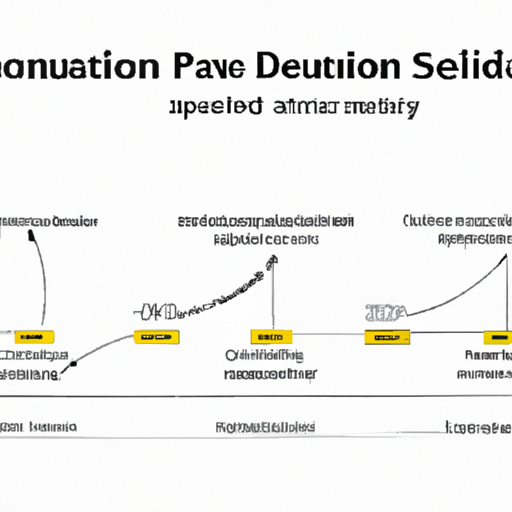Title: Exploring Common Production Processes for Delay Lines

1. Design and Specification: The production process for delay lines begins with the design and specification phase. Engineers and designers work closely to determine the required delay time, frequency range, impedance, and other specifications based on the intended application. This phase involves extensive research, analysis, and simulation to ensure optimal performance.
2. Substrate Selection: The choice of substrate material is crucial in delay line production. Commonly used substrates include ceramic, glass, and printed circuit boards (PCBs). The selection depends on factors such as cost, performance requirements, and manufacturing feasibility. Ceramic substrates are often preferred for high-frequency applications due to their excellent electrical properties.
3. Fabrication Techniques: a. Thin-Film Deposition: Thin-film deposition techniques, such as sputtering or evaporation, are employed to create the conductive and dielectric layers on the chosen substrate. These layers are crucial for achieving the desired electrical properties and impedance matching.
b. Photolithography: Photolithography is a key process used to define the pattern of conductive traces on the substrate. A photosensitive material, called a photoresist, is applied to the substrate, exposed to UV light through a photomask, and then developed to create the desired pattern. This pattern defines the conductive paths of the delay line.
c. Etching: Etching is used to remove unwanted material from the substrate, leaving behind the desired conductive traces. Wet etching or dry etching techniques, such as plasma etching, are commonly employed. The choice of etching method depends on the substrate material and the desired precision.
d. Dielectric Layer Deposition: Dielectric layers are crucial for insulating the conductive traces and preventing signal interference. Various techniques, including chemical vapor deposition (CVD) or spin coating, are used to deposit dielectric materials like silicon dioxide or silicon nitride onto the substrate.
4. Component Integration: Once the conductive traces and dielectric layers are fabricated, additional components are integrated into the delay line. These components may include resistors, capacitors, and inductors, depending on the specific design requirements. Surface mount technology (SMT) is commonly used for component integration, ensuring precise placement and reliable connections.
5. Testing and Quality Control: After the delay line is fabricated and components are integrated, rigorous testing and quality control measures are implemented. Various tests, such as impedance matching, frequency response, and delay time measurements, are conducted to ensure the delay line meets the specified requirements. Any deviations or defects are identified and rectified during this phase.
6. Packaging and Final Assembly: Once the delay line passes all quality control tests, it undergoes packaging and final assembly. The delay line is encapsulated in a protective housing, which may be made of plastic or metal, to shield it from external influences and ensure long-term reliability. The final assembly involves connecting input and output terminals, as well as any necessary connectors or mounting features.
Conclusion: The production processes involved in manufacturing delay lines are complex and require a combination of advanced technologies and precise techniques. From substrate selection to component integration, each step plays a crucial role in achieving the desired electrical performance and reliability. By understanding these common production processes, manufacturers can ensure the production of high-quality delay lines that meet the demands of various electronic applications.






